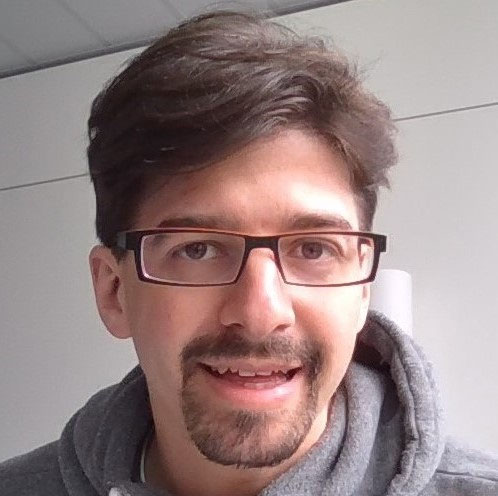At the semiconductor division of Carl Zeiss it's our mission to continuously make computer chips faster and more energy efficient. To do so, we go to the very limits of what is possible, both physically and technologically. This is only possible through massive research and development efforts.
In this talk, we tell the story how Python became a central tool for our R&D activities. This includes technical aspects as well as organization and culture. How do you make sure that hundreds of people work in consistent environments? – How do you get all people on board to work together with Python? – You have lots of domain experts without much software background. How do you prevent them from creating a mess when projects get larger?
At the semiconductor division of Carl Zeiss it's our mission to continuously make computer chips faster and more energy efficient. To do so, we go to the very limits of what is possible, both physically and technologically. This is only possible through massive research and development efforts.
In this talk, we tell the story how Python became a central tool for our R&D activities. This includes technical aspects as well as organization and culture. How do you make sure that hundreds of people work in consistent environments? – How do you get all people on board to work together with Python? – You have lots of domain experts without much software background. How do you prevent them from creating a mess when projects get larger?

